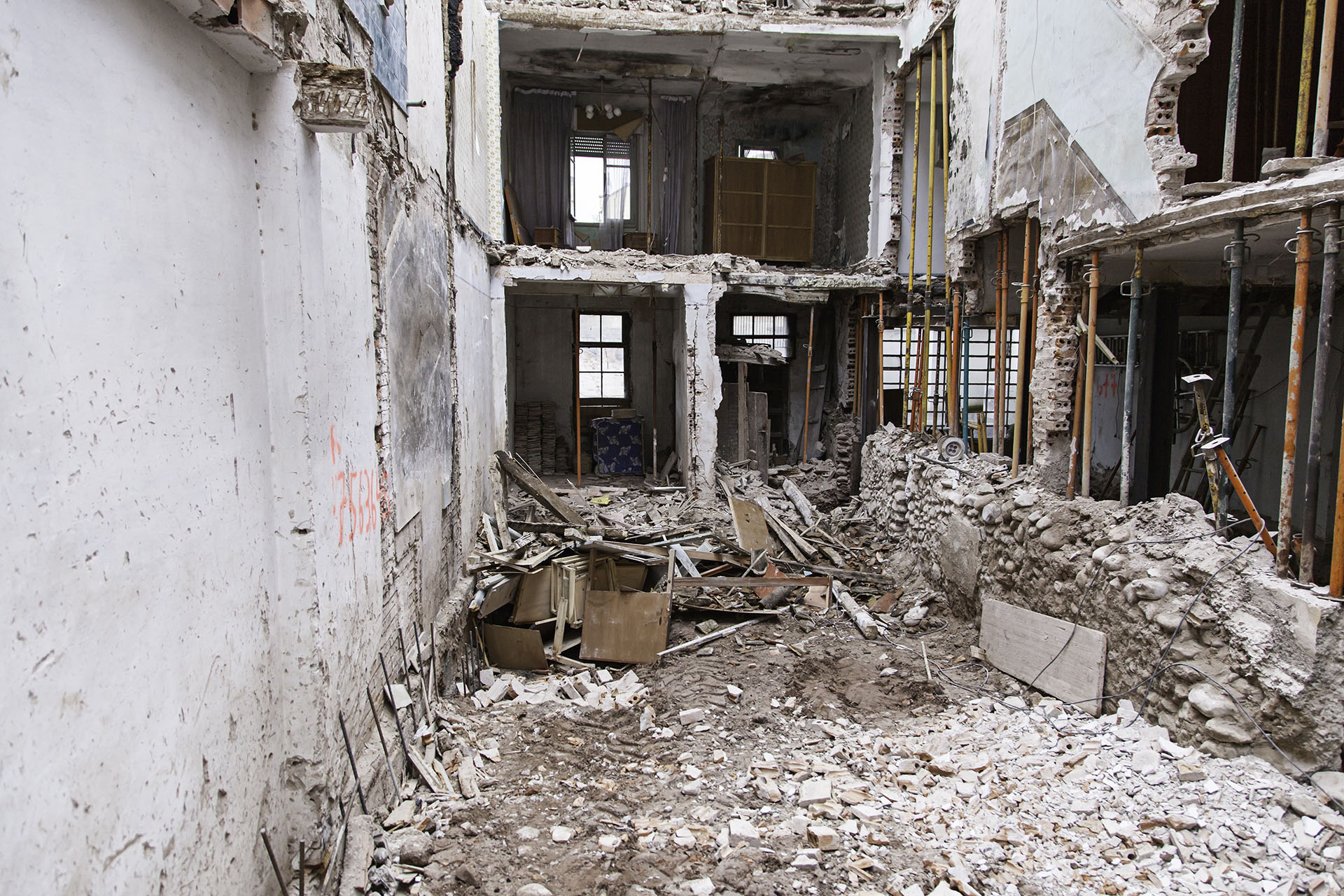Nov 01 2025 01:47h
How Insurance Companies Handle Mold Claims
Introduction: How Insurance Companies Handle Mold Claims
Mold can be a nightmare for homeowners—causing damage to property, health issues, and costly repairs. But when it comes to insurance, mold claims can get complicated fast. Most standard homeowners insurance policies only cover mold under certain circumstances. In this guide, we’ll break down how insurance companies handle mold claims and what you can do to protect yourself..
1. What Insurance Typically Covers
Homeowners insurance usually covers mold damage only if it’s a result of a covered peril—for example, water damage from a burst pipe or an accidental overflow. However, if mold forms due to neglect or poor maintenance, it’s often excluded.
💡 Pro Tip: Review your policy’s “fungus” or “mold” clause—it defines when and how mold is covered.
2. When Mold Is NOT Covered
If mold appears because of high humidity, leaky roofs, or long-term leaks that weren’t fixed promptly, insurers often deny the claim. They consider these situations a result of homeowner negligence rather than a sudden event.
🛑 Warning: Mold from ongoing moisture problems is almost never covered.
3. What Adjusters Look For
When you file a mold claim, an adjuster will visit your home to determine the source and cause of the damage. They’ll inspect water leaks, ventilation, and moisture levels to decide if your policy applies.
🔍 Tip: Take photos of the affected areas and document when you first noticed the mold. This helps prove your case.
4. How to Strengthen Your Claim
To improve your chances of approval, act fast. Mold spreads quickly, and waiting can make it harder to prove sudden damage. Report leaks, document everything, and request written estimates from contractors or restoration companies.
-
File your claim immediately after discovering mold
-
Keep receipts for any repairs
-
Avoid cleaning before the inspection
🧾 Documentation is everything: The more proof you have, the stronger your case.
5. Mold Coverage Limits
Even when covered, mold claims often have payout limits. Many policies cap mold-related expenses between $1,000 and $10,000. You can usually purchase optional mold endorsements for added protection.
💰 Ask your agent: “Does my policy have a mold limit or optional coverage add-on?”
6. Preventing Future Mold Claims
The best way to avoid claim denials is prevention. Regularly inspect your home for leaks, control humidity levels, and maintain good ventilation. Quick response to water damage can save you thousands in repairs and insurance headaches.
-
Use dehumidifiers in damp areas
-
Inspect plumbing and roofs regularly
-
Fix water issues immediately
What to Do If Your Mold Claim Is Denied
If your claim gets denied, don’t panic. Request a written explanation, review your policy language, and consider hiring a public adjuster or attorney specializing in insurance disputes.
📞 Pro Tip: A licensed restoration company can provide expert documentation that helps overturn unfair denials.
Conclusion
Mold claims can be tricky, but knowing what’s covered—and what’s not—can save you time, stress, and money. Always act fast when you discover mold, document every step, and consider adding mold coverage to your policy. Being proactive today can protect your home tomorrow.





